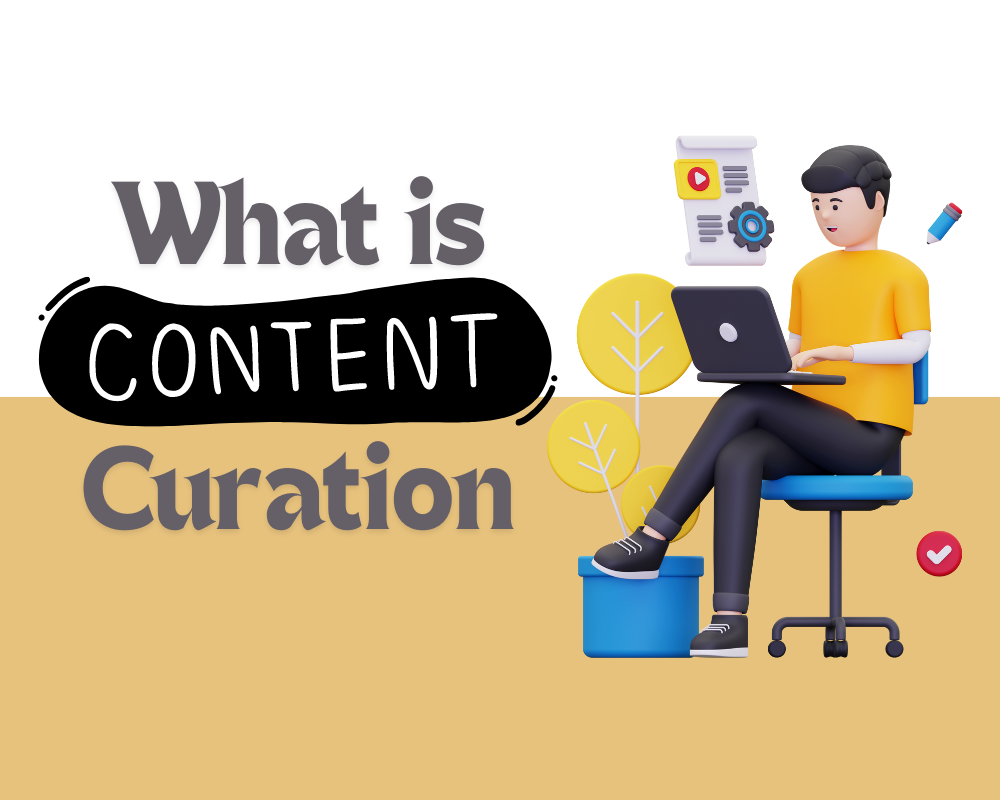Ever feel like your content has an expiration date? You’re not alone. It’s a common struggle—pouring time and energy into crafting the perfect post, only to watch it lose relevance faster than a viral TikTok trend. But what if your content could be like a fine wine, getting better with age? Enter evergreen content: the secret ingredient to a blog that stays fresh and relevant, no matter how much time passes.
Today, we’re diving into the world of evergreen content. What it is, why it matters, and most importantly, how you can create it. By the end of this post, you’ll have all the tools you need to make your content not just good for today but for tomorrow and beyond.
What is Evergreen Content?

So, what exactly is evergreen content? Imagine a Christmas tree that never loses its needles or a classic song that never gets old—evergreen content is just like that. It’s the type of content that remains relevant, valuable, and informative over time.
Think about it: people are always searching for how-to guides, frequently asked questions, tips, tricks, and foundational knowledge in any field. These topics don’t have an expiration date, and that’s what makes them evergreen. Unlike news articles or trendy posts that have a short lifespan, evergreen content keeps on driving traffic, boosting SEO, and building trust with your audience for the long haul.
Benefits of Evergreen Content
Why should you bother with evergreen content? Well, let me tell you, the benefits are pretty convincing:
- Steady Traffic: Unlike content that quickly fades away, evergreen pieces consistently attract readers. It’s like having a trusty old friend who always shows up.
- SEO Advantages: Google loves fresh content, but it also appreciates content that remains relevant. Evergreen content helps maintain or even improve your search rankings over time.
- Longevity: While other posts gather digital dust, evergreen content keeps performing well for years. It’s a one-time effort that pays off again and again.
- Authority Building: Want to be seen as a leader in your field? Evergreen content helps establish your brand as a reliable source of knowledge, making you the go-to expert in your industry.
How to Identify Evergreen Topics
Finding the right evergreen topics is like discovering gold. Here’s how you can start mining:
- Research Common Questions: What are the most frequently asked questions in your niche? These are often great evergreen topics.
- Use Tools Like Google Trends and AnswerThePublic: These tools can help you find topics with long-lasting interest.
- Check Out Your Competitors: See what evergreen content has worked for them and consider how you could put your own unique spin on it.
- Focus on Your Audience: Think about the needs and pain points of your audience that are unlikely to change over time.
Tips for Creating Evergreen Content

Ready to create some evergreen magic? Here are some tips to get you started:
- Choose Timeless Topics: Stick to subjects that are unlikely to become outdated. Think “how to change a tire” rather than “latest smartphone reviews.”
- Use Clear, Concise Language: Keep your writing straightforward so that it’s easily understood by a wide audience.
- Avoid Jargon and Trendy Phrases: Stick to language that’s simple and universal. This ensures your content isn’t lost in translation over time.
- Update Regularly: Even evergreen content needs a little TLC now and then. Make sure to review and refresh it periodically to keep it accurate and relevant.
- Optimize for SEO: Use keywords wisely to help your content rank well in search engines. Evergreen content is only valuable if people can find it!
Examples of Effective Evergreen Content
Looking for some inspiration? Here are a few successful examples of evergreen content:
- A Blog Post on “How to Start a Blog”: This topic is always relevant to newbies in the blogging world.
- A Guide on “Basic Gardening Tips for Beginners”: Perfect for anyone with a green thumb or those just starting out.
- A FAQ Page on a Website: Answering common questions about your product or service helps build trust and is always relevant.
What makes these examples work? Clarity, relevance, and searchability. Now, imagine you’re creating a guide on “Basic Yoga Poses for Beginners.” Break it down step-by-step, use simple language, include visuals if possible, and make sure it’s SEO-optimized. There you have it—a piece of evergreen content!
Common Mistakes to Avoid
Creating evergreen content is fantastic, but it’s easy to slip up if you’re not careful. Here’s what to watch out for:
- Overly Niche Topics: If your topic is too specific, it might quickly become irrelevant.
- Not Updating Content: Evergreen doesn’t mean you can just set it and forget it. Make sure your content is up-to-date.
- Ignoring SEO Best Practices: Even the best content can get lost if it’s not properly optimized for search engines.
- Focusing Too Much on Trends: Trends fade, but evergreen content sticks. Make sure your focus is on long-lasting value rather than the latest fad.
Conclusion
And there you have it—everything you need to know about creating evergreen content that’s as timeless as your favorite book. By focusing on topics that stand the test of time, using clear and concise language, and keeping your content updated and SEO-friendly, you can ensure your blog remains relevant and valuable for years to come.
Now, why not take a look at your current content and see where you could add a little evergreen magic? Remember, great content doesn’t just capture attention—it holds onto it, too.














